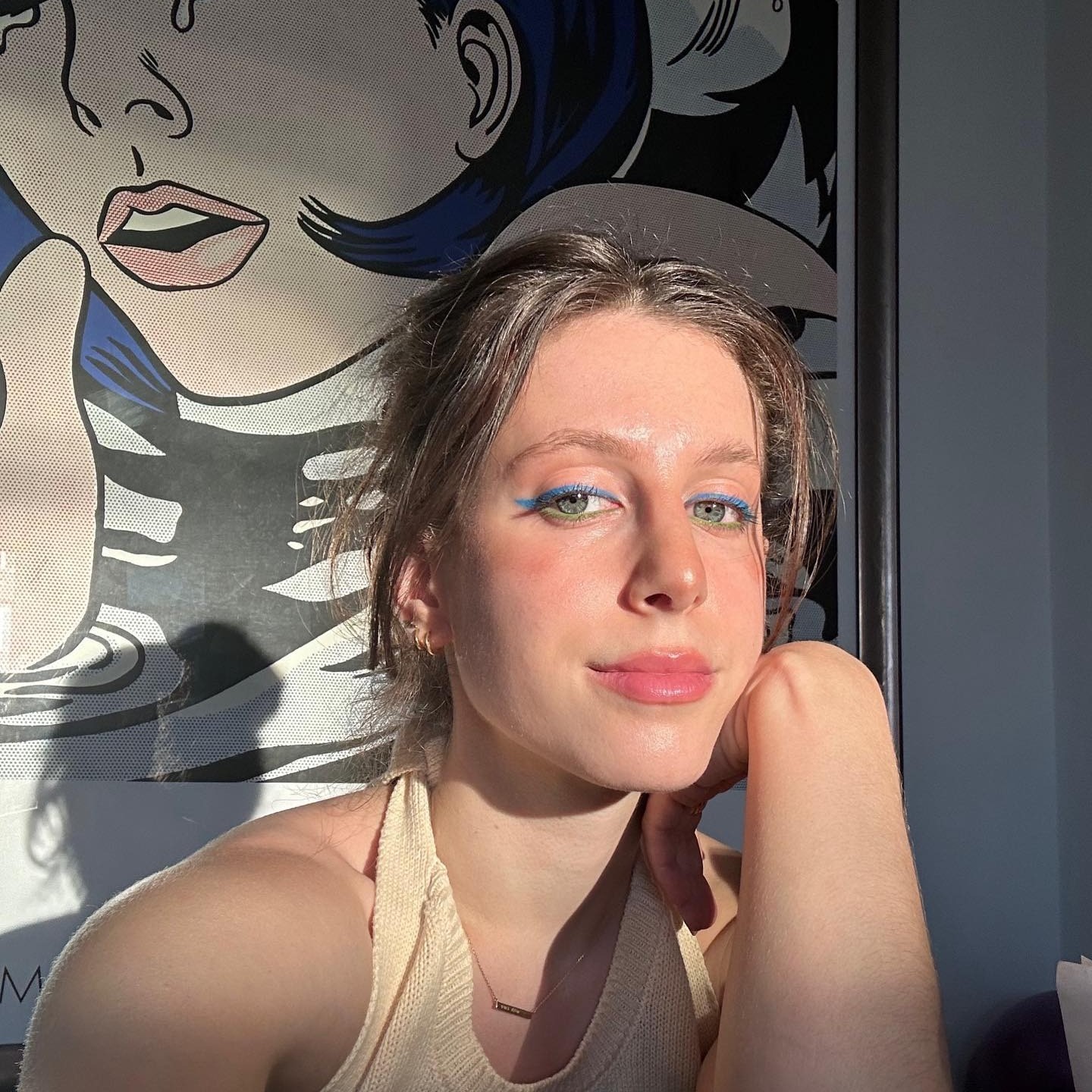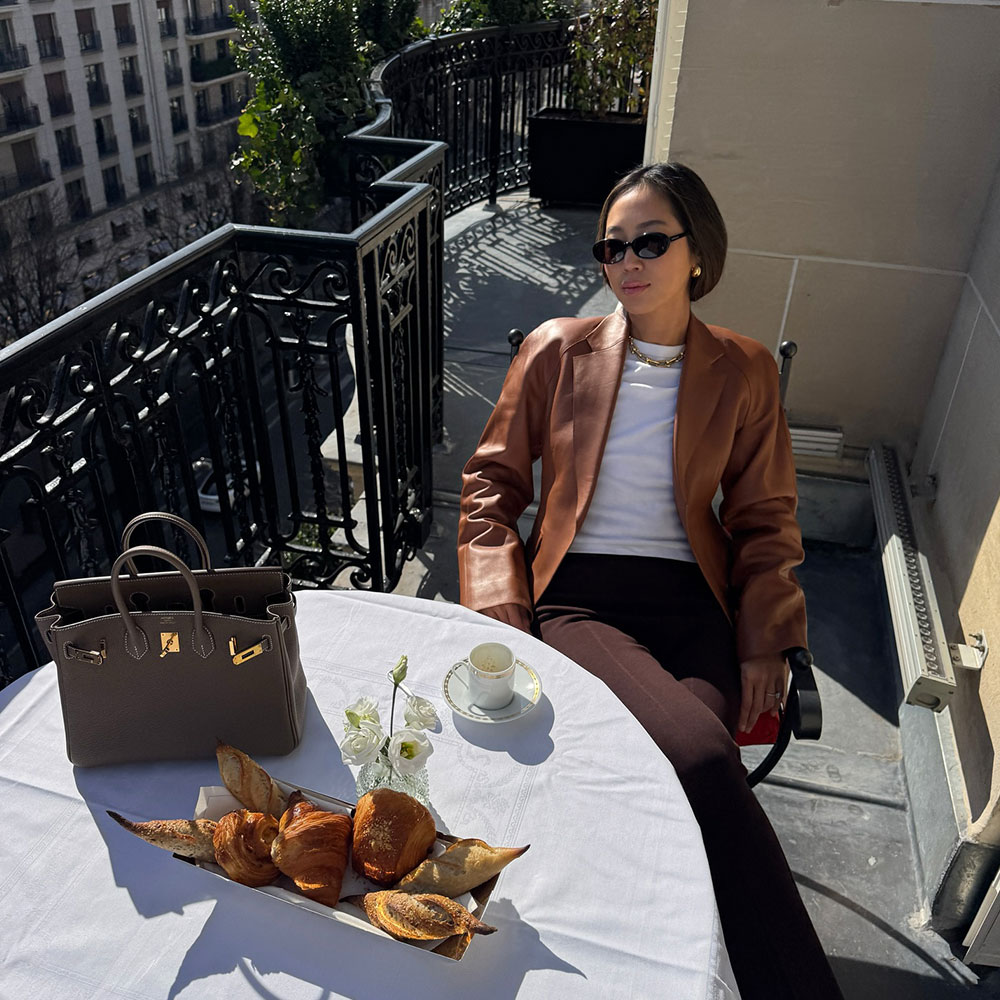Intrigued by Waist Training? Here's Everything You Need to Know
Waist trainers are one of those out-there trends that never seems to disappear from our Instagram feeds for too long. Whether it due to lingering curiosity about how they work or the fact that many of us still love the idea of having a neatly cinched silhouette without putting in too much work at the gym, we can't seem to get waist trainers off our collective mind, and we can only pin so much of that on the influence of Kim, Kylie and the rest of the Kardashian-Jenner gang.
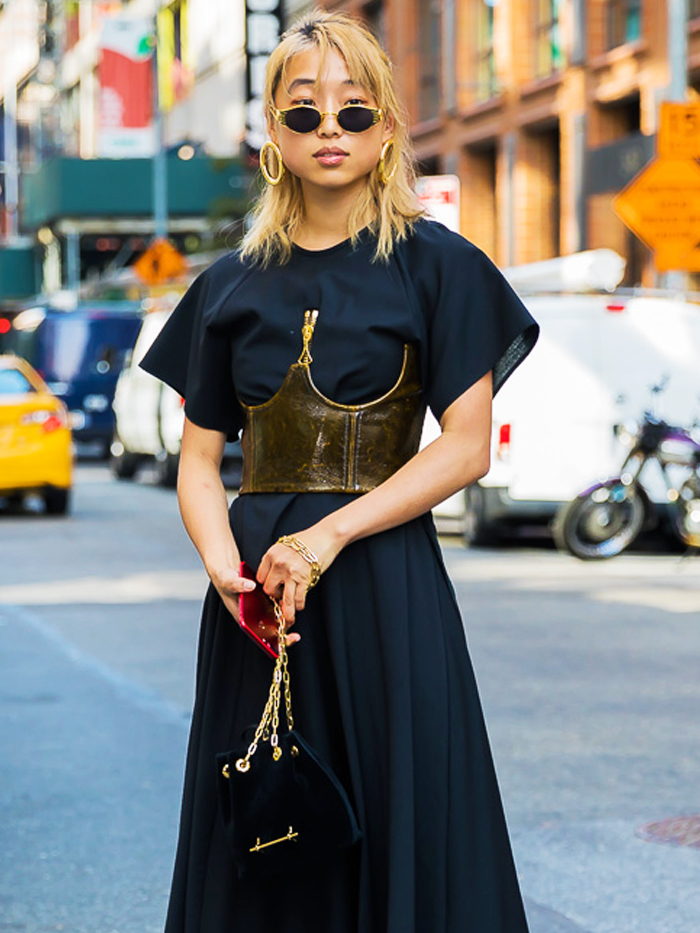
From Jessica Alba—who swears by waist training post-partum—to Chrissy Teigen and Ciara (who reportedly works out in hers), the fascination with waist trainers is still going strong. In the UK alone, Google gets around 100k searches per month for waist trainers, with an uptick ever spring since 2015. So naturally, we’ve decided to investigate this trend ourselves. Keep scrolling for everything you need to about waist trainers, including where to get one if you’re set on trying it for yourself.
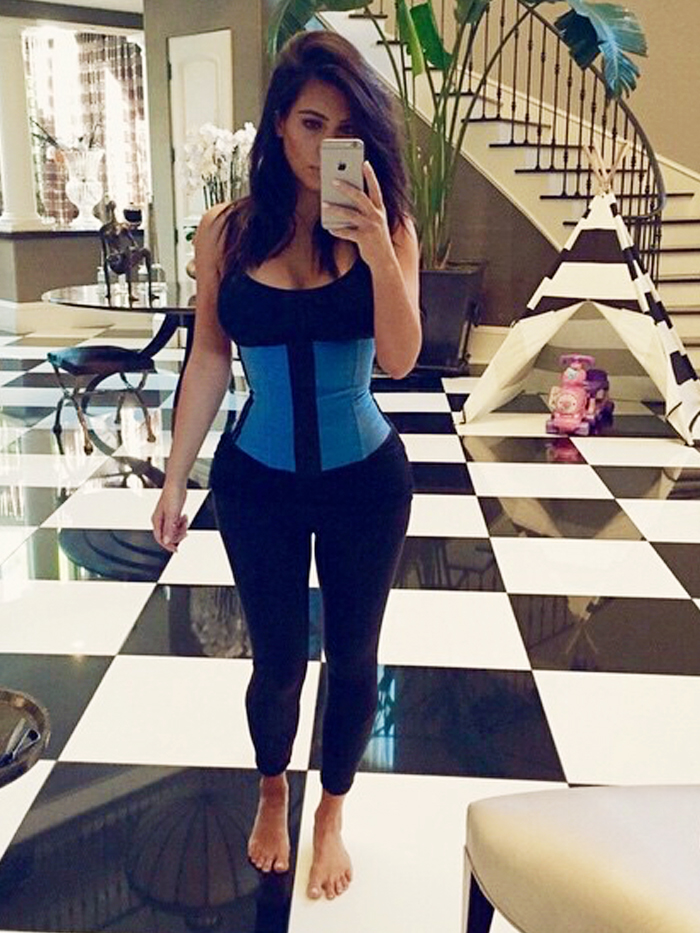
What is a waist trainer?
The current iteration of the trend is a fusion of old-fashioned corsetry and the faja girdles of Colombia, in that the idea is to “train” your midsection to take on a smaller, nipped-in shape. Instead of rigid metal boning, however, today's waist trainers are normally made from pretty firm but somewhat stretchy layers of spandex and latex, often with velcro or hooks.
There are two main types; one designed to be worn while exercising, post-partum, or just during your average day, which focuses on slimming your body through tightening your muscles, and helping you sweat more (stick with us) to shed additional pounds and toxins—a process called thermogenisis—while the other tends to concentrate more on back support and posture improvement. Either way, they both claim to target your abs and obliques, with the aim to help you firm and tone these muscles, which in turn pulls in your waist (theoretically).
Related: I Spent a Week in Corsets Like Kim Kardashian West—Here's How It Really Felt
What are the risks of waist training?
As with wearing tight corsets, there’s obviously the comfort factor to consider. To recycle Jessica Alba’s much-quoted line on the topic: “It’s not for everyone.” Waist trainers may not have the rigid steel boning of traditional corsets, but make no mistake, they’re designed to suck you right in, make you sweat out toxins, and take strong corrective control of posture. And they’re serious about their work. With that in mind, it’s important to make sure that yours isn’t too tight, as you could have trouble breathing or risk doing your body some internal damage.
Many companies also advise that you focus on training your core muscles specifically, both before, during and after you start wearing a waist trainer, so that your body doesn’t become too reliant on the belt—something that can send your stomach muscles into atrophy, leaving you weaker and far less toned. You’ll likely also find it’s uncomfortable to wear a waist trainer when eating large meals, so many users recommend switching to smaller meals eaten more often through the day, rather than your standard three squares.
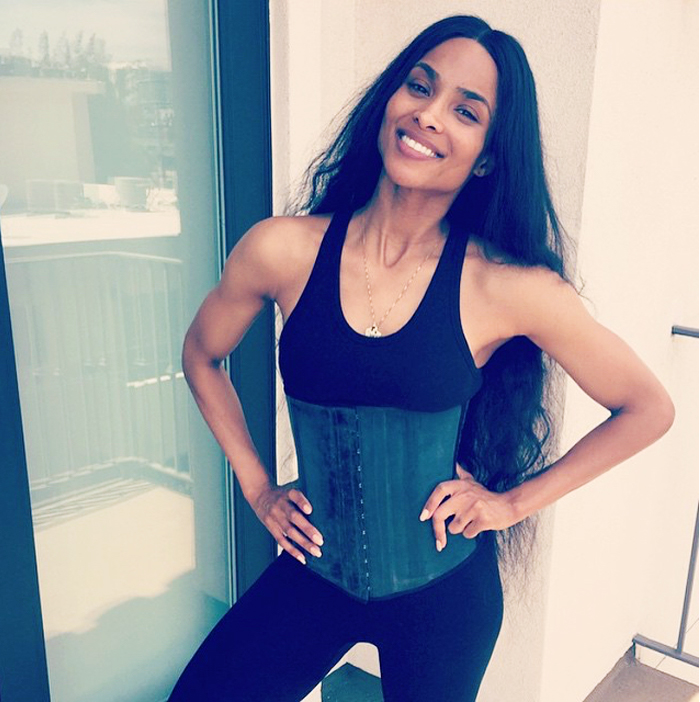
What kind of results should we expect?
As you may imagine, the verdict on the real results waist trainers can offer are mixed. While there are A-listers who swear by them—Jessica Alba, as already mentioned, says she wore hers for three months after giving birth to help regain muscle memory in her mid-section, and she swears by the results—plus companies around the globe thriving on word of mouth recommendations, there are also experts who doubt that waist trainers themselves actually have anything to do with the improvements people see.
“I put waist trainers in the category of the ‘fake quick fix’ that adds to the misconception that people can lose weight without changing their with dietary and exercise habits,” one personal trainer told SELF magazine. While others agree that if you do lose inches after wearing a waist trainer, it’s likely to be water loss rather than fat loss, due to all the increased sweating.
Our verdict? If you’re working out and eating well, which most waist training companies advise you do while using their goods, you’re likely to feel better, experience less bloating and possibly lose a few inches anyway. If a waist trainer can help you along with a little increased sweating, motivation and posture guidance, that's great. But we’d advise approaching it with caution, and not pinning all your hourglass dreams on the waist trainer alone.
Related: In 2018, We Might Actually Wear Corsets to the Gym
Where to buy a waist trainer:
Keen to try it our for yourself? Try our pick of the three most popular waist trainers right now.
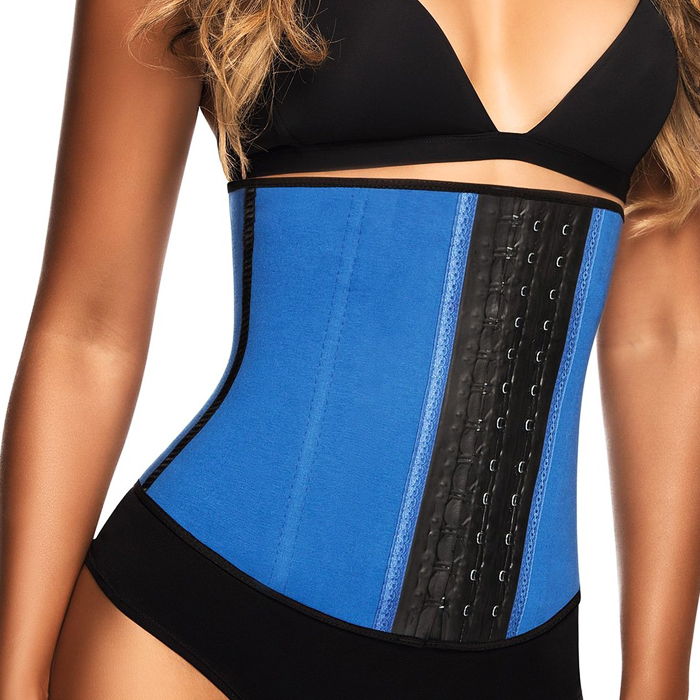
If you plan to use a waist trainer while exercising, this one allows for a little more flexibility.
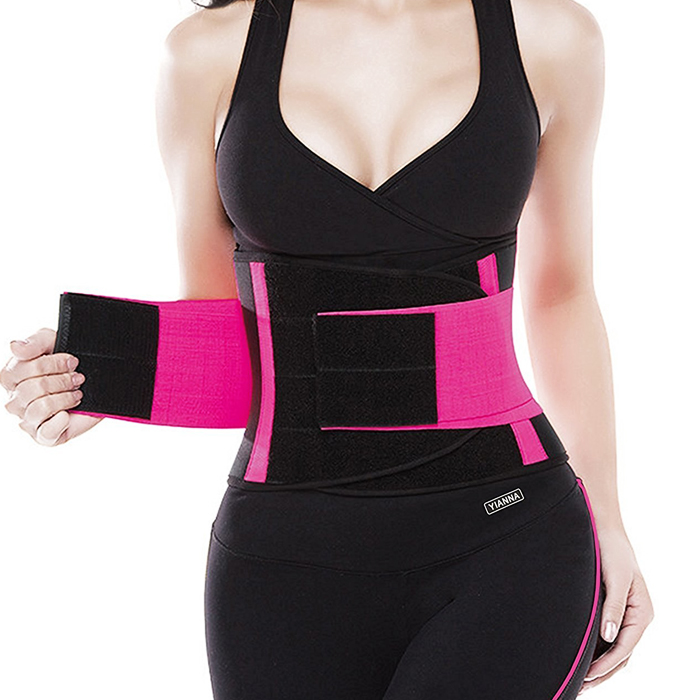
An easy intro for beginners, the velcro allows for more size adjustments than hook-and-eye closures.
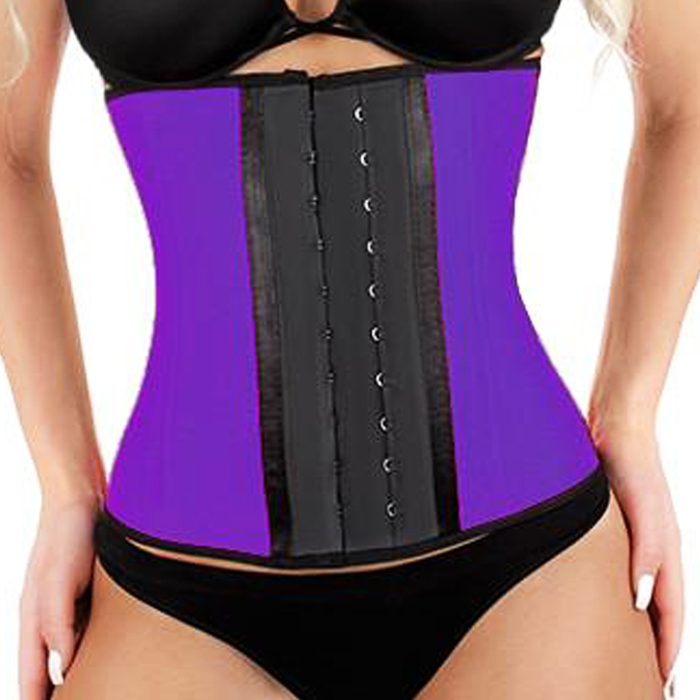
Reportedly the Kardashians’ go-to waist trainer, this targets inch loss as well as posture and back support.
A final note from us; remember to read all the guidance information that comes with your waist trainer—it's the safest way to know you're using yours properly.
-
 Stop Right There! These Gorgeous H&M and Zara New Arrivals Are Bound to Sell Out Soon
Stop Right There! These Gorgeous H&M and Zara New Arrivals Are Bound to Sell Out SoonThe only spring shopping list you need.
By Chichi Offor
-
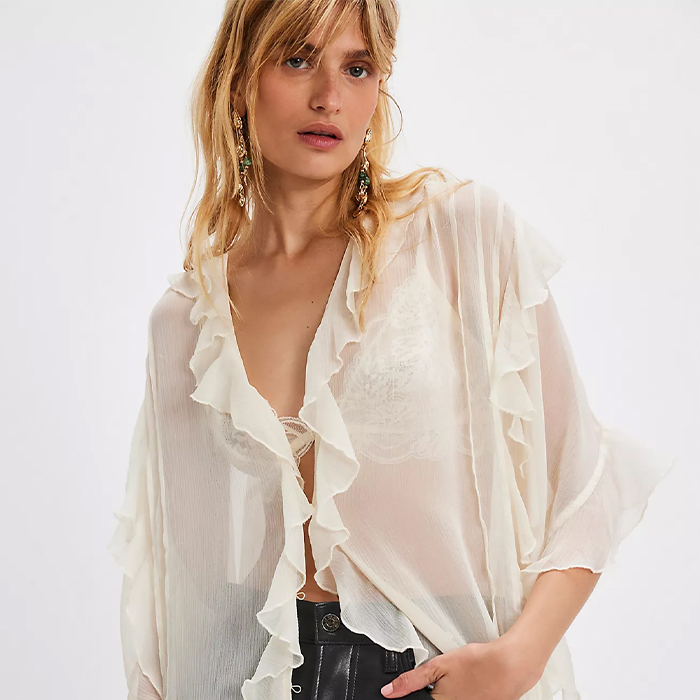 29 Spring Items From Free People That I'm Shopping for 2025
29 Spring Items From Free People That I'm Shopping for 2025These are going to go quickly.
By Chichi Offor
-
 Jamie Mizrahi's World: The Celeb Stylist's Favorite Red Carpet Look, Most Worth-It Shoe, and Album She Listens to on Repeat
Jamie Mizrahi's World: The Celeb Stylist's Favorite Red Carpet Look, Most Worth-It Shoe, and Album She Listens to on RepeatA modern-day style expert.
By Allyson Payer
-
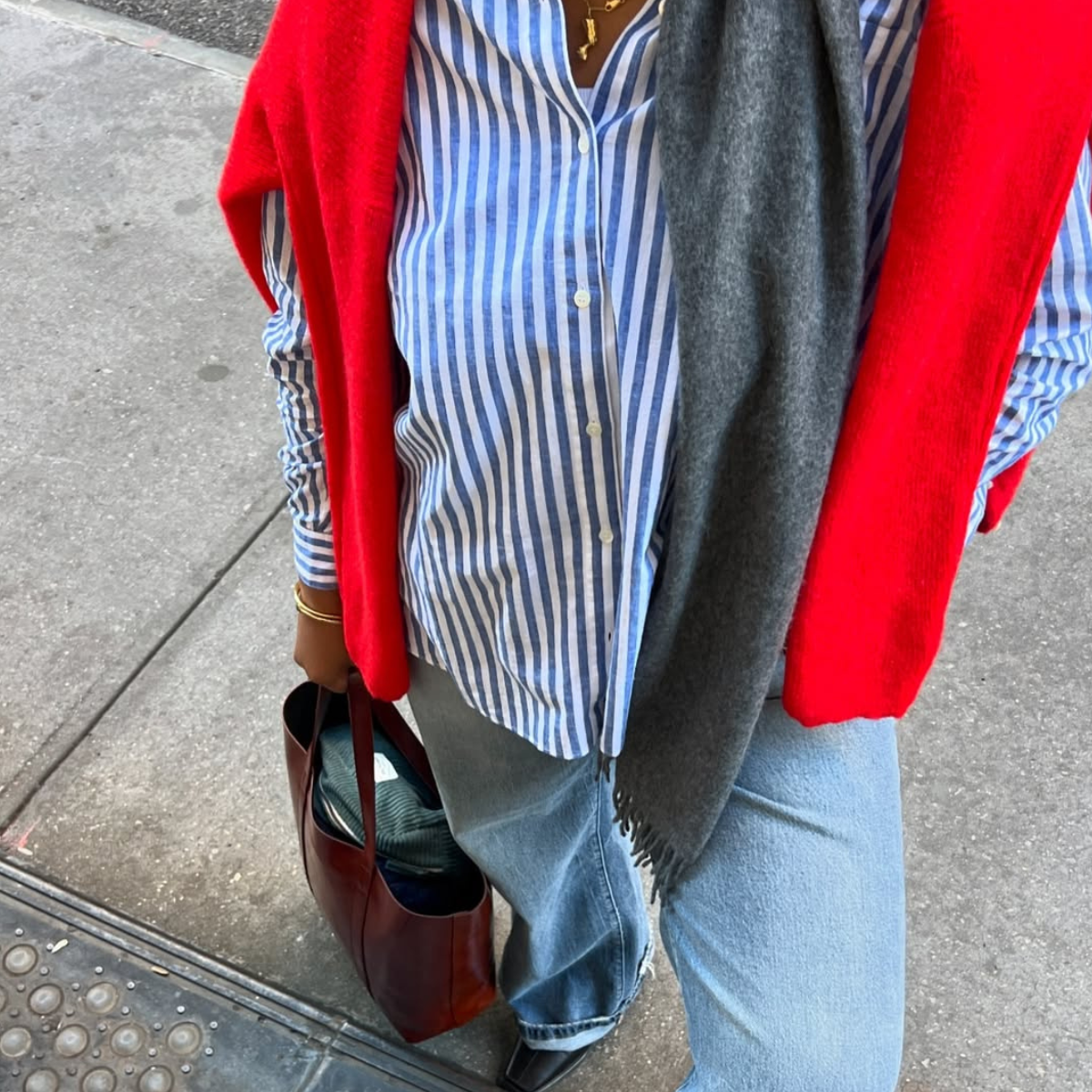 How Everyone Will Be Wearing Their Non–Skinny Jeans This Spring
How Everyone Will Be Wearing Their Non–Skinny Jeans This SpringHere's your outfit inspiration.
By Michelle Scanga
-
 Suddenly, Women With The Row Style Are Breaking This Fashion Rule
Suddenly, Women With The Row Style Are Breaking This Fashion RuleYou should too.
By Nikki Chwatt
-
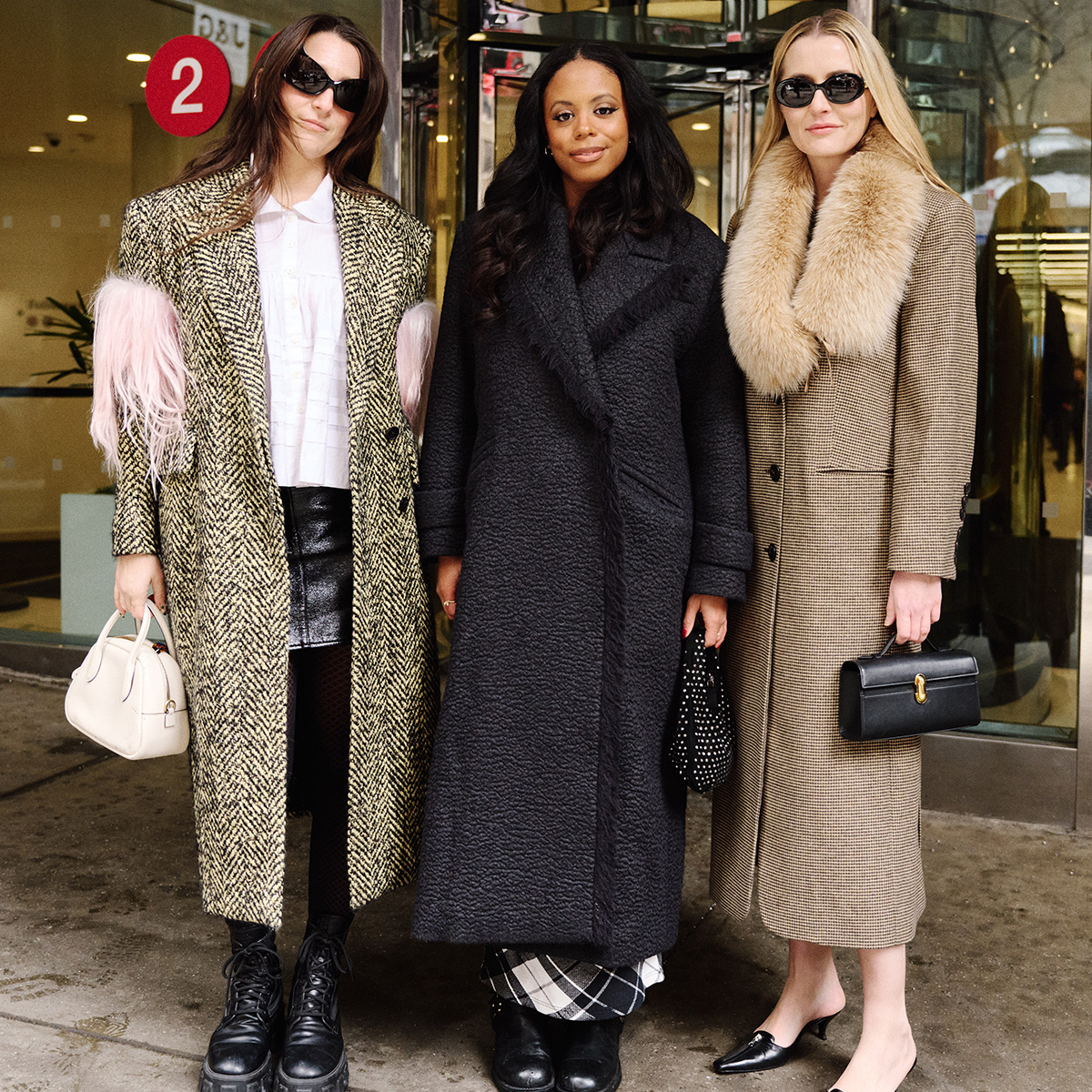 We're Fashion Editors—Everything We Saw, Wore, Did, and Ate During NYFW
We're Fashion Editors—Everything We Saw, Wore, Did, and Ate During NYFWLet's dive in.
By Anna LaPlaca
-
 Jenna Lyons's World: Her Go-To Red Lipstick, Her Latest Eyewear Collab, and the J.Crew Pieces She Still Wears Today
Jenna Lyons's World: Her Go-To Red Lipstick, Her Latest Eyewear Collab, and the J.Crew Pieces She Still Wears TodayA true fashion icon.
By Judith Jones
-
 Not Into Trends? Renée Zellweger's Winter Outfit Combo Is 100% Classic
Not Into Trends? Renée Zellweger's Winter Outfit Combo Is 100% ClassicJust as you are.
By Drew Elovitz

